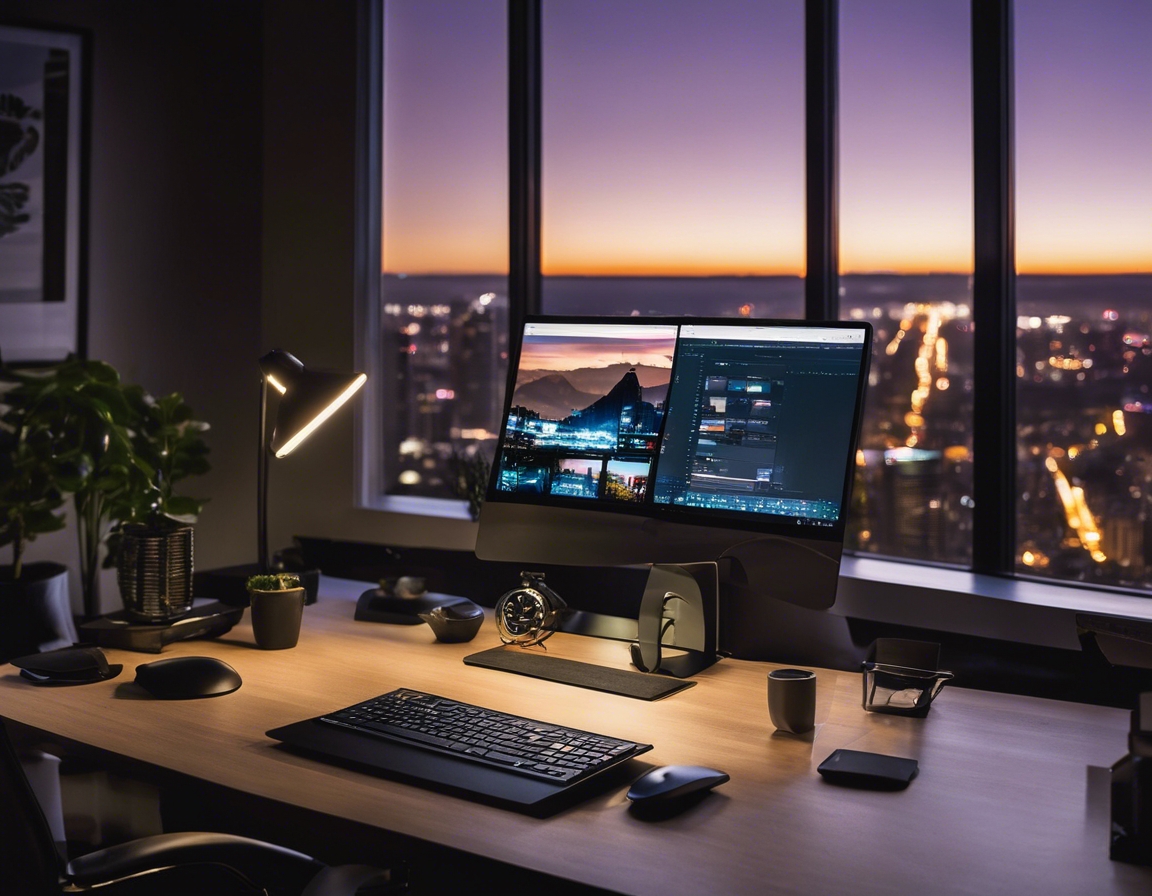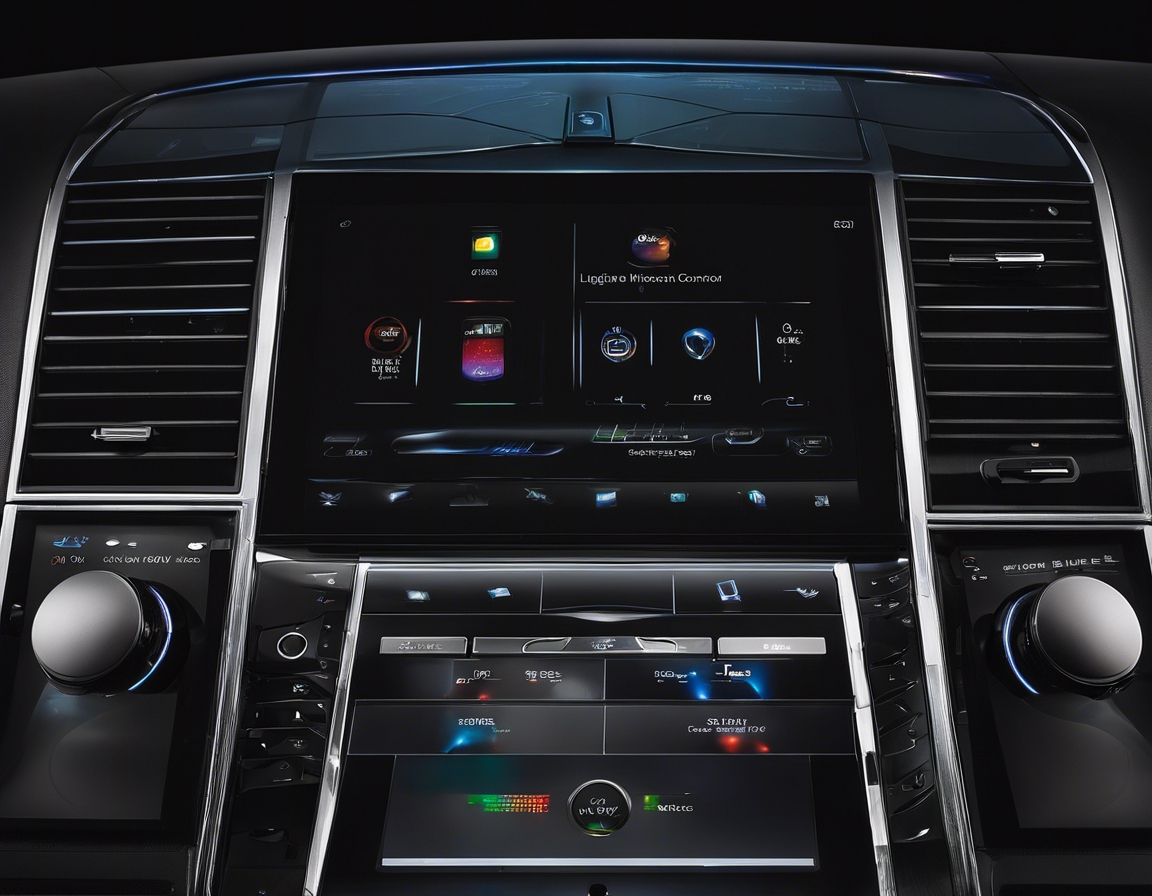The future of interior design: automation in lighting
Automated lighting refers to the use of technology to control light fixtures automatically through sensors, timers, or remote access. It's a critical component in the evolution of smart homes and buildings, offering not only convenience but also energy efficiency and enhanced aesthetic appeal.
From the first electric bulb to the latest LED technologies, lighting has always played a pivotal role in interior design. The advent of automation is now setting the stage for a revolution in how we interact with our living spaces.
The Role of Automation in Modern Lighting
Automated lighting systems are at the forefront of energy-saving initiatives. They can adjust the intensity and duration of light based on occupancy or time of day, significantly reducing energy consumption.
Lighting can now be tailored to individual preferences and activities, creating personalized environments that adapt to users' needs.
Lighting automation is increasingly integrated with other smart home technologies, allowing for seamless control of the home environment.
Technological Innovations Shaping Automated Lighting
Sophisticated sensors and control systems enable lighting to respond dynamically to environmental changes and user interactions.
AI and machine learning algorithms can predict user preferences and automate lighting adjustments accordingly.
The IoT has connected lighting systems to the internet, enabling remote control and data analytics for improved performance and insights.
Design Considerations for Automated Lighting
Designers must consider how automated lighting systems can be seamlessly integrated into the architecture without compromising aesthetics.
The user interface for controlling automated lighting should be intuitive and accessible, enhancing the overall user experience.
Lighting is not just functional; it's an essential design element that can define the mood and character of a space.
Challenges and Considerations
As lighting systems become more connected, ensuring the privacy and security of user data is paramount.
While the benefits of automated lighting are clear, the cost and complexity of these systems can be a barrier for some users.
Ensuring that different devices and systems can work together is crucial for the widespread adoption of automated lighting solutions.






Comments (0)